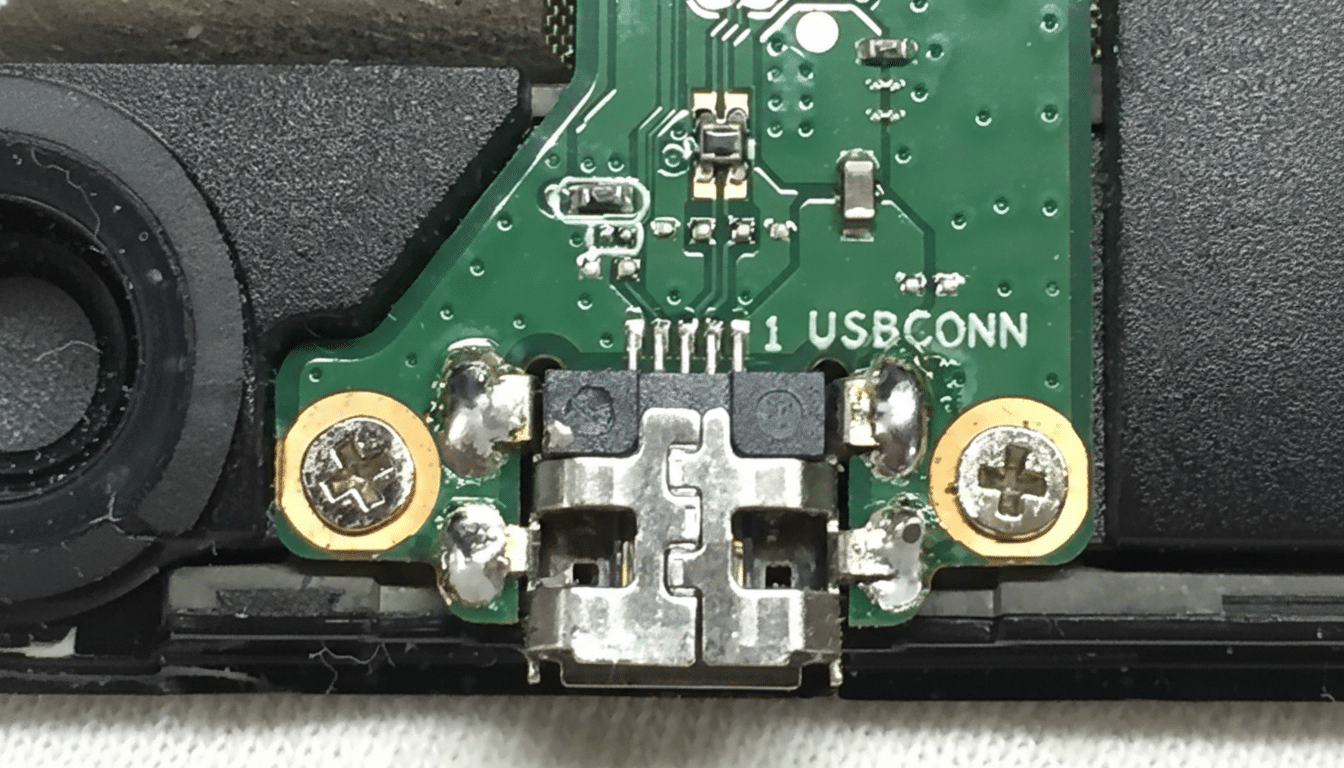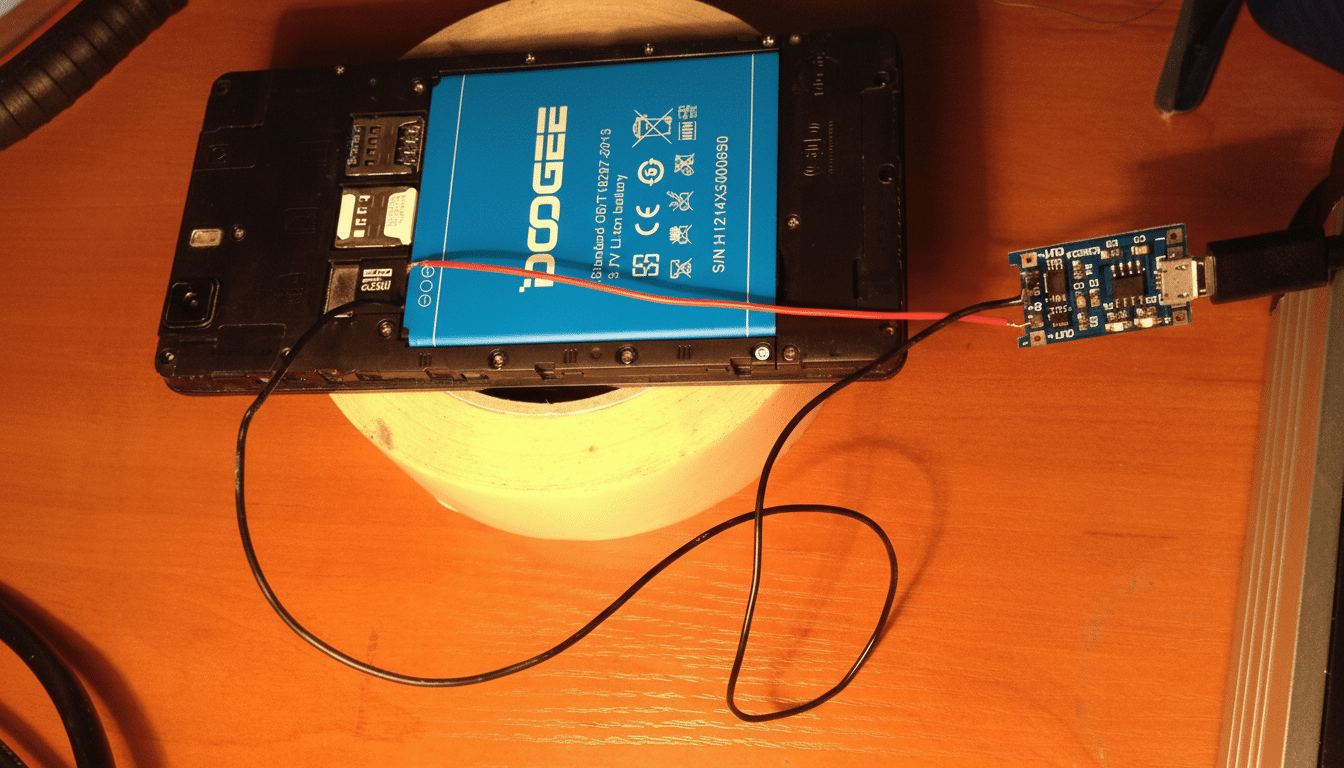A small plastic dongle sold as a “USB Phone Battery Repair” device promises to recharge a weary phone for the price of a fast-food coffee. I bought one for $5, ran it through bench tests and a teardown, and tested it on multiple devices. The verdict is simple: It doesn’t fix anything and it can’t. Here’s what I tested, what’s in it, and why the science behind those claims is impossible.
What This Gadget Promises to Do and Why It Appeals
Descriptions on the listings tout savvy-sounding “multipurpose battery restoration” that quickens charging, lengthens battery life, and fixes “phone lag.” Some packaging even recommends multi-hour sessions, multiple times a week, for a month or more. That playbook is standard issue for low-cost miracle gadgets: stall to ensure that buyers won’t realize nothing changed until the return window has long since passed.
- What This Gadget Promises to Do and Why It Appeals
- How I Tested It Across Devices and Measured Charging
- Inside the Dongle: Nothing of Substance or Real Electronics
- Why Dongles Can’t Fix Lithium-Ion Batteries
- Security Risks and Scam Red Flags to Watch For
- What Your Phone Really Likes for Battery Health and Speed
- Bottom Line and Results After Testing the $5 Dongle

The dongle’s display window lights up with status text in Chinese indicating that a repair process is taking place. Those theatrics are deliberate. When people see an interface appearing busy, they assume it is doing something complex in the background.
How I Tested It Across Devices and Measured Charging
I placed the dongle between a 20W USB-C charger and two test phones (one Android, one iPhone with an adapter). A USB-C power meter recorded voltage and current. I also verified whether, when plugged into a host port as a dongle, it identified itself to the OS as a USB device and logged any data activity.
Measurements were telling. The dongle pulled a constant 5V, at around 8–12mA—call it 0.04–0.06W total… which is well into LED territory; just enough juice to light a few of them up, not nearly enough to condition power or talk charging logic. There was no enumeration on a PC; the data pins were electrically floating. Charging on both phones behaved as they did before, with no telltale change between negotiation profiles or peak wattage.
On-device results matched the electrical metrics. Battery health percentages reported before and after sessions were constant. Attaining an 80% or 100% charge took the same time as historic baselines within acceptable variance. There was no impact on performance or thermal characteristics.
Inside the Dongle: Nothing of Substance or Real Electronics
I cracked the enclosure open. The “circuitry” was just a small board with two blue LEDs, a single current-limiting resistor, and some traces to the USB power lines. No microcontroller, no DC-DC converter, no data-line components, no memory—nothing with the capability of interfacing to a phone’s battery-management system. The illuminated “status” window is just a piece of backlit plastic.
This architecture is incapable of modifying charging curves, communicating with a device, or performing diagnostics. Really, it’s a novelty light that runs on the 5V rail.
Why Dongles Can’t Fix Lithium-Ion Batteries
Smartphones are powered by lithium-ion cells, typically controlled by onboard battery management systems (BMS). Capacity fade is due to chemical degradation—growth of the solid electrolyte interphase, lithium plating at extreme states, cathode decay. In short: These are age and cycle phenomena that an external 5V trinket cannot undo.
Manufacturers and independent labs alike claim that, these days, phone batteries are made to hold up to about 80% of original capacity after hundreds of cycles—typically between 500 and 1,000 of them, depending on model and chemistry—if the data sheets for big-name vendors and summaries posted by Battery University are anything to go by. You can slow the decay with better charging habits, but you cannot “restore” lost capacity without a new cell.

Other buyers mistake fuel gauge calibration to be some form of repair. A full discharge followed by a full recharge can let the phone’s gauge estimate capacity more accurately—it doesn’t increase actual capacity. The charge profile is managed only by the BMS and the charger. A device that does not negotiate power or speak to the host has nothing to say.
Security Risks and Scam Red Flags to Watch For
USB-based gadgets can potentially be tampered with and pose risks. Malicious “HID injection” tools, famously popularized by research devices like the USB Rubber Ducky, masquerade as keyboards and perform actions. My model didn’t register as a USB device, but the general warning is valid: Don’t trust unknown USB gadgets from unvetted sellers.
The Federal Trade Commission has continually sounded the alarm for consumers about miracle-tech gadgets that claim to increase efficiency or offer quick fixes without evidence. The red flags include ambiguous promises, staged cues, and timelines built to outlast the return window. This dongle tends to the nits and picks, if not the actual use cases.
What Your Phone Really Likes for Battery Health and Speed
If your battery life is slipping, the tried-and-true solutions are practical—and dull.
- Use certified chargers and good cables.
- Enable the optimized charging features that slow it down overnight.
- Don’t consistently charge from 0% to 100%.
- Keep the air flowing around your phone while fast charging and beyond.
- Replace the battery when it hits about 80% health.
Independent repair manuals and, for reference only, professional services from reputable repair companies offer safe replacements.
For performance issues:
- Close down background apps.
- Keep at least 10–20% storage free.
- Update the OS.
- Restart every now and then.
These won’t un-age your battery, but they prevent additional frustrating problems like a device that feels broken because of a software issue.
Bottom Line and Results After Testing the $5 Dongle
There was no discernible charging, health, or performance benefit to the $5 “repair” dongle I tested, only a severely compromised ability to charge on both my test configuration and a MacBook I use for high charging speeds. Electrically, it’s a pair of LEDs on a 5V line; physically, it’s theater. Keep your money for a good cable or a battery, or a DVD writer. Solutions come from engineering best practices, not backlit buzzwords.

